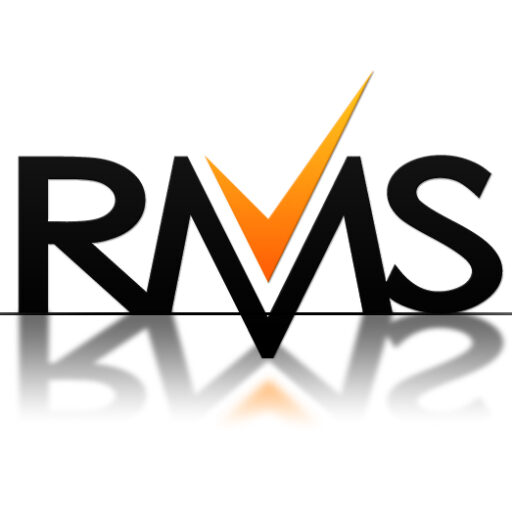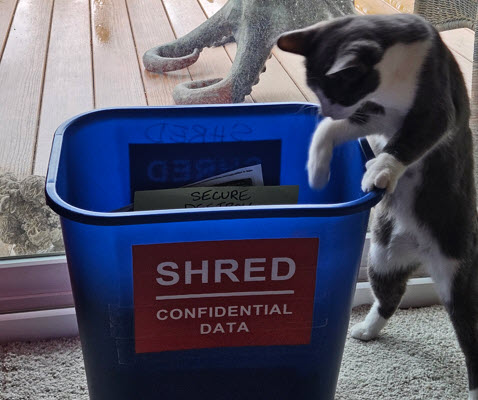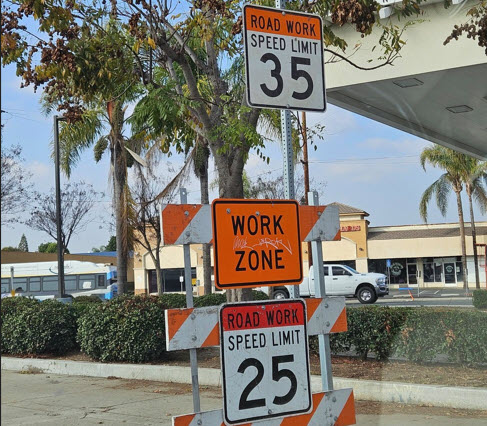Transparency is not just a buzzword:
In the world of collection agency oversight, transparency is not just a buzzword – it’s a fundamental principle that underpins trust, accountability, and effective collaboration. Transparent communication is the cornerstone of successful relationships between businesses and collection agencies, fostering mutual understanding, alignment of goals, and proactive problem-solving. Let’s delve deeper into why transparent communication is crucial in the realm of collection agency oversight and how it can drive positive outcomes for all parties involved.
Building Trust and Confidence:
When it comes to overseeing collection agencies, trust is non-negotiable. Transparent communication cultivates an environment of trust and confidence, where all stakeholders feel assured that information is being shared openly and honestly. By providing clarity on expectations, processes, and outcomes, transparent communication builds a solid foundation for trust to thrive.
Facilitating Effective Collaboration:
Transparent communication facilitates seamless collaboration between businesses and collection agencies, enabling them to work together towards shared objectives. By openly discussing challenges, sharing feedback, and brainstorming solutions, both parties can leverage their respective expertise to overcome obstacles and achieve optimal results. Transparent communication fosters a spirit of teamwork and partnership, driving greater synergy and cooperation.
Enhancing Compliance and Risk Management:
In the realm of collection agency oversight, compliance is paramount. Transparent communication plays a pivotal role in ensuring adherence to regulatory requirements and mitigating risks. By openly disclosing relevant information, such as legal obligations, industry standards, and best practices, businesses can empower collection agencies to operate in a compliant manner. Transparent communication also facilitates the identification and mitigation of potential risks, enabling proactive risk management strategies to be implemented.
Promoting Accountability and Responsibility:
Transparent communication holds all parties accountable for their actions and responsibilities in the collection process. By openly discussing performance metrics, outcomes, and areas for improvement, businesses can encourage collection agencies to take ownership of their actions and deliver results. Transparent communication also enables businesses to hold collection agencies accountable for compliance with contractual agreements and ethical standards, fostering a culture of responsibility and accountability.

Tips for Fostering Open Dialogue Between Stakeholders
In the dynamic landscape of collection agency oversight, fostering open dialogue between stakeholders is essential for achieving mutual understanding, collaboration, and success. Whether you’re a business leader, compliance officer, or collection agency manager, cultivating an environment where stakeholders feel comfortable sharing their perspectives, concerns, and ideas is paramount. Here are some practical tips to help you foster open dialogue and strengthen relationships among stakeholders.
Create a Culture of Transparency:
Transparency is a powerful force that can drive positive outcomes in collection agency oversight. By building trust and confidence, enhancing accountability and responsibility, and promoting continuous improvement, transparency lays the groundwork for successful oversight practices.
Transparency is the cornerstone of open dialogue. As a business leader, it’s essential to prioritize transparency in your communication practices. Be forthcoming about your organization’s goals, expectations, and challenges. Encourage stakeholders to share their insights and perspectives openly. By fostering a culture of transparency, you create an environment where trust can flourish, laying the foundation for productive dialogue.
Encourage Active Listening:
Effective communication is a two-way street, and active listening is key to fostering open dialogue. Encourage stakeholders to listen attentively to each other’s viewpoints without interrupting or passing judgment. Actively listening demonstrates respect for others’ opinions and fosters empathy and understanding. Encourage stakeholders to ask clarifying questions and seek to understand each other’s perspectives fully. By fostering a culture of active listening, you create space for meaningful dialogue and collaboration.
Provide Opportunities for Feedback:
Feedback is a powerful tool for fostering open dialogue and continuous improvement. Encourage stakeholders to provide feedback on processes, procedures, and interactions related to collection agency oversight. Create formal channels, such as surveys, feedback forms, or regular meetings, where stakeholders can share their thoughts, concerns, and suggestions openly. Acknowledge and appreciate the feedback received, and demonstrate a commitment to addressing stakeholders’ concerns and implementing positive changes. By providing opportunities for feedback, you empower stakeholders to actively participate in the dialogue and contribute to organizational improvement.
Enhancing Accountability and Responsibility:
Transparency fosters a culture of accountability and responsibility among all parties involved in collection agency oversight. When stakeholders have access to clear expectations and performance metrics, they understand their roles and responsibilities more clearly. They’re more likely to take ownership of their actions and deliver results. Transparency holds everyone involved accountable for their contributions to the oversight process, driving greater accountability and responsibility.
Promoting Continuous Improvement:
Transparency is essential for promoting continuous improvement in collection agency oversight. When stakeholders have access to transparent data and information, they can identify areas for improvement more easily. By openly discussing challenges, sharing feedback, and brainstorming solutions, stakeholders can work together to address issues and implement positive changes. Transparency enables organizations to learn from their mistakes, adapt to changing circumstances, and continuously improve their oversight practices.
Sharing Examples of Companies with Effective Communication Practices
Effective communication is the cornerstone of successful collection agency oversight. Let’s take a closer look at some real-world examples of companies that have mastered the art of communication in their oversight practices, and learn from their successes.
Some companies excel in their transparency and proactive communication with their collection agencies. They regularly hold meetings with their agency partners to discuss performance metrics, compliance updates, and strategic goals. By fostering open dialogue and collaboration, companies ensure that everyone is aligned with their objectives and working towards common goals. The commitment to clear and honest communication will strength the relationships with collection agencies and enhance their oversight efforts.
A good example of transparency and open communication comes with the estimates of future workload and expectations. If a company knows they have a large volume of collection accounts to be placed, they can check ahead with their collection vendors to verify they have the capacity to handle the volume. When there is not an open line of communication, the vendor may be inclined to accept the work while it’s offered, even if they aren’t prepared or staffed correctly, thus setting both up for faillure. With open communication, vendors aren’t discouraged from their future potential if they frankly communicate that they don’t currently have the staff to handle increased volume. Keeping communication open leads to better overall results, as well as compliance with goals, and often contract requirements.
Another example of transparency would be in engaging in call calibration sessions with the credit grantor and the vendor. When a company prioritizes feedback and input from their collection agency partners, it’s a win for both parties. Both parties can discuss their views of the collection calls, and at the same time, they can actively seek out suggestions for process improvements, and listen attentively to each others concerns and challenges. By incorporating feedback into their oversight practices, credit grantors demonstrate a commitment to continuous improvement and collaborative problem-solving.
As an example of a poor communication between a creditor and their attorney vendor related to the post-judgment collection process. An auditor reviewing the attorney found that while the legal process appeared to be followed on a consistent basis, there were no post-judgement recoveries. When questioned further, the attorney firm indicated that they were hired to process the legal work, but they did not collect on judgements, nor did they have any collectors on site. Certainly collection results on legal accounts have always been more delayed than a traditional collection process. Both companies operated on their own concept of the expectations. The attorney firm was pleased with their service. The creditor was disappointed there were no collections after more than a year. A more transparent and communicative process would have identified that much earlier in the process.
By emphasizing transparency and prioritizing open dialogue with collection agencies, businesses can strengthen their oversight efforts, build stronger partnerships, and achieve greater success in recovering outstanding debts. So, take a page from their playbook and make effective communication a cornerstone of your collection agency oversight strategy.
Transparency is not Just a Buzzword!
In conclusion, transparency is not just a buzzword – it’s a fundamental principle that drives success in collection agency oversight. By prioritizing transparent communication and fostering open dialogue between stakeholders, businesses can build trust, enhance accountability, and drive continuous improvement. The benefits of transparency are far-reaching, from strengthening relationships with collection agencies to ensuring compliance with regulatory requirements. Companies with strong communication and transparency with their vendors soon learn the transformative power of effective communication practices in oversight. By following their lead and embracing transparency in your oversight efforts, you can achieve greater success, mitigate risks, and ultimately, drive better outcomes for your organization and stakeholders alike. Remember, in the world of collection agency oversight, transparency matters – and it’s worth investing in.
Please check out our other blogs about collection, compliance, oversight and vendor management. Find more information, click here.
The Oversight Without Travel Series was developed by Ken Evancic of Resource Management Services, Inc.
Call Monitoring and Call Calibration play pivotal roles in the communication processes with your vendors. Together, they offer vital oversight and promote transparency, accountability, and continuous enhancement in vendor relationships. By effectively leveraging these practices, organizations strengthen vendor management, mitigate risks, and elevate customer interactions.

CALL MONITORING AND CALL CALIBRATION
In the realm of third-party vendor management, the practices of call monitoring and call calibration offer a valuable opportunity for essential oversight and fostering open, transparent communication.
Learn more specific about conducting call monitoring, effectiveness scorecards, and conducting call calibration sessions – for necessary oversight but also facilitate a culture of transparency, accountability, and continuous improvement in vendor relationships.






